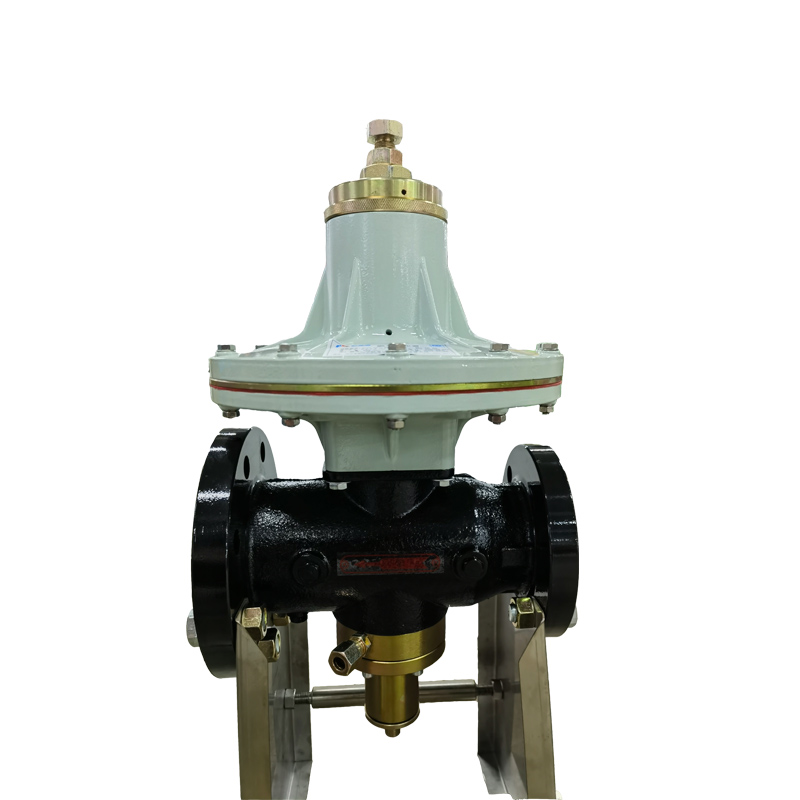
Sep . 26, 2024 04:51
Back to list
صمامات تخفيف الضغط
Pressure Relief Valves A Critical Component in Safety Management
Pressure relief valves (PRVs) are crucial safety devices used in various industries to prevent excessive pressure buildup in equipment and systems. These valves play a vital role in maintaining operational safety by ensuring that pressure remains within safe limits, thus protecting both equipment and personnel from potential hazards. In this article, we will explore the importance, functionality, and types of pressure relief valves, as well as their applications across different sectors.
Importance of Pressure Relief Valves
Pressure relief valves are designed to safeguard equipment from catastrophic failures that can occur due to overpressure conditions. In many industrial processes, the pressure within a system can rise unexpectedly due to thermal expansion, chemical reactions, or equipment malfunctions. If left unchecked, this increased pressure can lead to leaks, explosions, or even the complete failure of pressure vessels and piping systems.
The implementation of PRVs is mandated by safety regulations and industry standards worldwide. Their application is not only a legal requirement in many scenarios but also a fundamental aspect of any safety management system. By effectively managing pressure, PRVs contribute to minimizing the risk of accidents, thereby protecting human life and the environment.
How Pressure Relief Valves Work
Pressure relief valves function by automatically releasing excess pressure from a system when it exceeds a predetermined threshold. The core mechanism of a PRV typically includes a spring-loaded disc or valve seat that seals the outlet. Under normal operating conditions, the valve remains closed, keeping the pressure within the desired range.
Once the pressure reaches a specified set point, the force exerted by the gas or fluid on the valve's disc overcomes the spring force, causing the valve to open. This allows the excess pressure to escape, thus decreasing the pressure within the system. Once the pressure drops back to safe levels, the valve reseals, returning to its normal closed position.
Types of Pressure Relief Valves
.
1. Spring-loaded Pressure Relief Valves The most widely used type, these valves rely on a spring mechanism to regulate pressure. They are commonly found in steam, gas, and liquid applications.
صمامات تخفيف الضغط

2. Pilot-operated Pressure Relief Valves These valves utilize a pilot system to control the opening and closing of the main valve. They are often used in high-pressure scenarios and can offer better performance and tighter pressure control.
3. Balanced Bellows Pressure Relief Valves These are designed to minimize the effect of backpressure on the valve, making them suitable for applications where the outlet pressure significantly affects valve performance.
4. Safety Relief Valves Similar to PRVs but specifically designed for gas applications, safety relief valves open instantly to prevent overpressure situations.
Applications Across Industries
Pressure relief valves are employed in numerous industries, including
- Oil and Gas In refineries and chemical plants, PRVs prevent dangerous pressure surges in pipelines and reactors, ensuring safe operation.
- Manufacturing Equipment such as boilers and compressors rely on PRVs to avoid unsafe operating pressures that could lead to equipment failure.
- Power Generation In power plants, PRVs are critical for managing steam and pressure in various systems, including turbines and condensers.
- Food and Beverage Ensuring the safety of processing equipment, PRVs help maintain optimal pressure conditions during food processing and packaging.
Conclusion
In conclusion, pressure relief valves are indispensable components of modern industrial safety systems. Their ability to manage and mitigate pressure risks is crucial for the safe operation of equipment and processes across different sectors. By adhering to safety regulations and effectively implementing PRVs, industries can ensure a safer working environment, protecting both employees and assets from the potentially devastating consequences of overpressure situations. As technology advances, the design and functionality of pressure relief valves continue to evolve, further enhancing their reliability and performance in safeguarding industrial operations.
Latest news
-
Safety Valve Spring-Loaded Design Overpressure ProtectionNewsJul.25,2025
-
Precision Voltage Regulator AC5 Accuracy Grade PerformanceNewsJul.25,2025
-
Natural Gas Pressure Regulating Skid Industrial Pipeline ApplicationsNewsJul.25,2025
-
Natural Gas Filter Stainless Steel Mesh Element DesignNewsJul.25,2025
-
Gas Pressure Regulator Valve Direct-Acting Spring-Loaded DesignNewsJul.25,2025
-
Decompression Equipment Multi-Stage Heat Exchange System DesignNewsJul.25,2025

